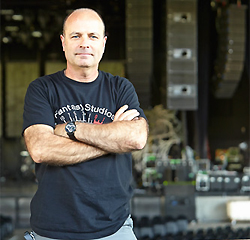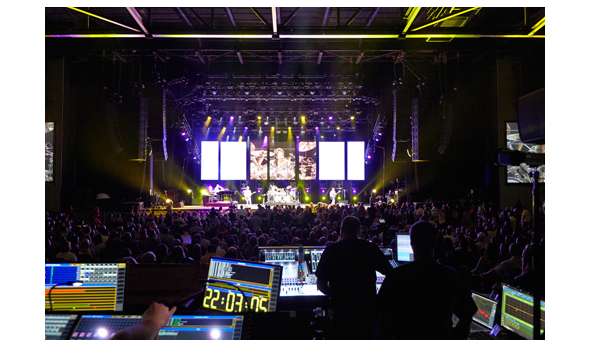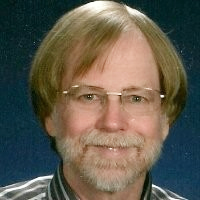Before embarking on a 40-city summer tour co-headlining with the Steve Miller Band, Journey spent nearly a month in intensive rehearsals at Fantasy Recording Studios in Berkeley.
While honing his mix in a world-class studio was a pleasure for Journey FOH engineer Jim Yakabuski, the experience presented an implicit challenge. How do you take what you hear in a controlled studio and recreate the mix in a high-energy live concert environment, and deliver a consistent listening experience show after show despite the nightly variables?
In this Q&A, Yakabuski reviews the tools and techniques he employed to deliver a studio-quality experience for the live audience.
Bruce Borgerson: Journey rehearsed in the closed environment of a studio. From a mix perspective, how did those sessions help prepare for the live shows?
Jim Yakabuski: The rehearsals took place in Fantasy studios, where Journey’s Escape album was recorded and mixed. With my DiGiCo D5 front of house console, we rehearsed all the songs in a great acoustic environment. The band would come into the control room and listen to the multitrack playback through Meyer Sound HD-1 studio monitors.
We would tweak the mix and the individual instrument tones to a level that the band members and I were thoroughly happy with before getting to the first show. The magic of getting to work on my mixes in such a sacred place was not lost on me.
BB: Mixing rehearsals in a studio is different from mixing live.
JY: Indeed. It’s one thing to do some critical listening of a mix on headphones or studio monitors; translating that through a full concert PA system at high SPLs is totally different. In a studio environment, it is easier to make good choices in EQ and tonality, so that when all the instruments are mixed together, the result is a full, powerful sound but with enough space to still hear everything clearly.
It all changes once you’re on the road. With venue challenges like wind and humidity, and the acoustics in big boomy room or amphitheaters with tin roofs and flat surfaces at the rear, it’s much harder to focus in on the details of the mix. Sometimes you’re just trying to survive the day! Any kind of distortion or “artifacts” in the sound system makes it much more complicated.
I approach concert mixing in a way that the console mix is “king,” and the PA should just be an extension of the tones and blends created on the mixing console. If the mix sounds like the recording on a pair of studio monitors, then it should sound like that through the PA – only with more power, energy, and kick.





















